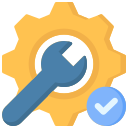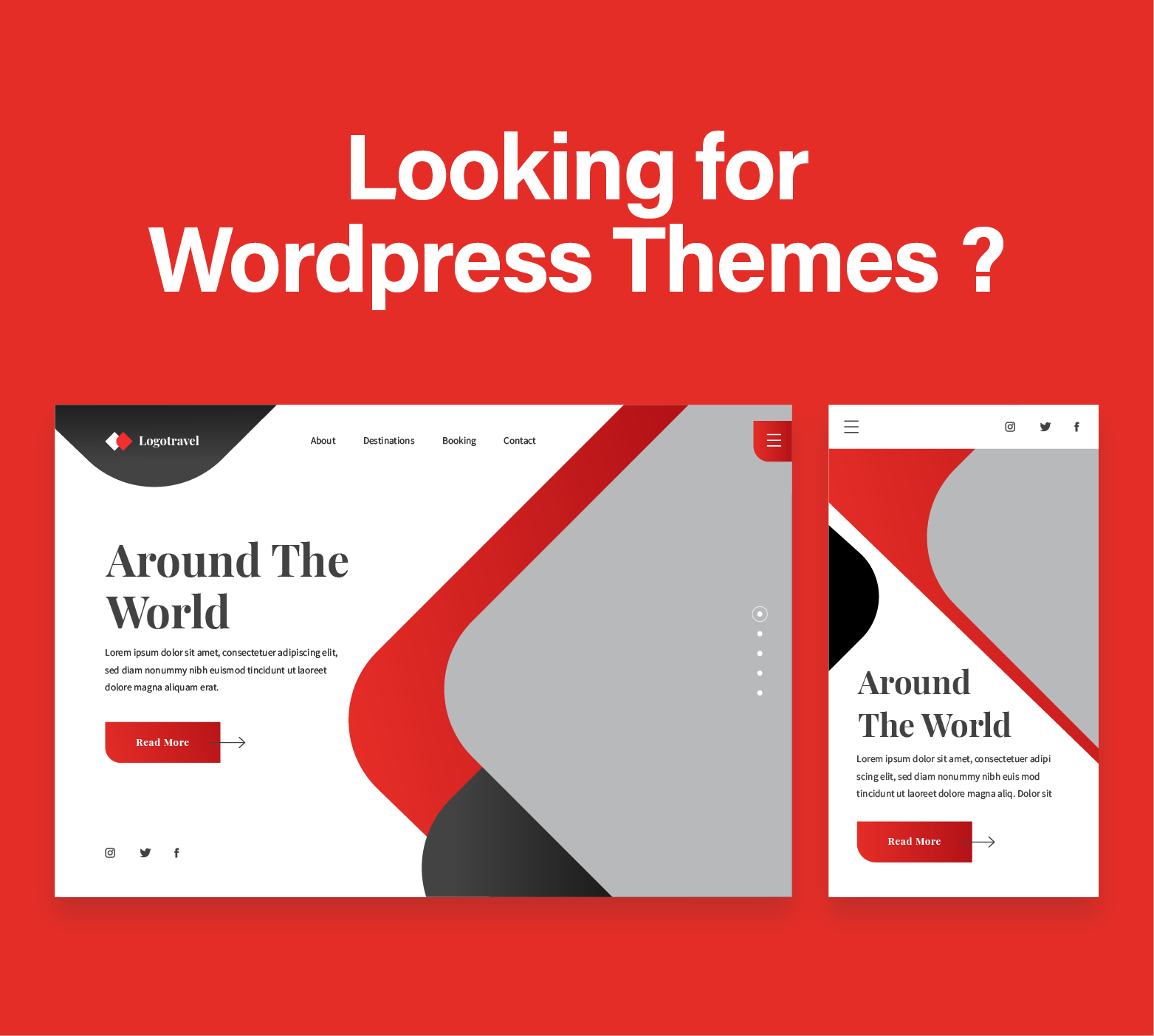Introduction to SaaS Development Challenges
Understanding the SaaS Business Model
The Software as a Service (SaaS) model has revolutionized how businesses operate and deliver applications. It offers software on a subscription basis, eliminating the need for traditional, on-premise installations. This model ensures constant accessibility and up-to-date features for users. Furthermore, it provides a recurrent revenue stream for providers. However, it brings unique challenges in development, requiring constant innovation and maintenance to stay competitive.
Key to the SaaS model’s success is its emphasis on user experience and service reliability. Providers must ensure seamless performance and continual service improvements. This necessitates a robust backend infrastructure, capable of handling growing user demands and frequent updates. As such, developers must focus on creating scalable, efficient, and user-friendly applications.
The Role of Web and Software Development Agencies in SaaS
Web and software development agencies are pivotal in shaping the SaaS landscape. They are tasked with crafting the architecture that supports SaaS applications. This involves designing scalable, secure, and agile platforms. Agencies also play a crucial role in implementing the latest technologies and methodologies. These include cloud computing, microservices, and Agile development practices, essential for SaaS success.
Furthermore, these agencies contribute significantly to the user interface and experience design. They ensure that SaaS applications are not only functional but also intuitive and engaging. This focus on user-centric design is critical for customer retention and satisfaction, driving the long-term success of SaaS businesses.
Key Technical Challenges in SaaS Development
Scalability and Performance Optimization
Scalability poses a significant challenge in SaaS development. As user bases grow, SaaS platforms must efficiently handle increased loads without compromising performance. This demands a scalable architecture that can expand resources as needed. Additionally, performance optimization is crucial. It ensures that applications run smoothly, even under heavy usage, thereby enhancing user experience and satisfaction.
Optimizing for scalability and performance often involves leveraging cloud services, load balancing, and optimizing databases. It also requires regular monitoring and updates to the infrastructure to anticipate and address potential bottlenecks.
Data Security and Privacy Concerns
Data security and privacy are paramount in SaaS development. With the increasing amount of sensitive data handled by SaaS platforms, ensuring robust security measures is essential. This involves implementing advanced encryption, secure data storage, and regular security audits. Moreover, compliance with data protection regulations, such as GDPR, is crucial to maintain user trust and avoid legal repercussions.
Agencies must also focus on developing a culture of security within their teams. Regular training on the latest security practices and threats is vital. Additionally, integrating security into the software development lifecycle from the outset is essential for building inherently secure SaaS applications.
Integration and Compatibility Issues
Integration and compatibility are critical concerns in SaaS development. SaaS applications often need to integrate with various third-party services and legacy systems. Ensuring seamless integration is vital for providing a cohesive user experience. It also enables data exchange and functionality expansion through external APIs and services.
Moreover, compatibility across different platforms and devices is a significant challenge. SaaS applications must function flawlessly on various browsers, operating systems, and mobile devices. This requires thorough testing and a responsive design approach to ensure a consistent and reliable user experience across all platforms.
Web Development Strategies for SaaS
Designing User-Centric Interfaces
Designing user-centric interfaces is a cornerstone of effective SaaS web development. This involves creating intuitive, easy-to-navigate, and visually appealing interfaces. The focus is on enhancing the user journey, making complex functionalities accessible and straightforward. Such an approach boosts user engagement and reduces the learning curve for new users.
User feedback plays a crucial role in this process. Gathering and analyzing user feedback helps in refining the interface design. It ensures that the application evolves according to user needs and preferences, thereby enhancing overall user satisfaction.
Ensuring Responsive and Cross-Platform Compatibility
Ensuring responsive and cross-platform compatibility is essential in today’s diverse device landscape. SaaS applications must provide a consistent experience on desktops, tablets, and smartphones. This requires a responsive design that adapts to different screen sizes and resolutions. Additionally, cross-platform compatibility ensures that users have a seamless experience regardless of the device or browser they use.
This approach not only improves user experience but also broadens the application’s reach. It makes the SaaS platform accessible to a wider audience, increasing its market penetration and potential for growth.
SEO Optimization for SaaS Platforms
SEO optimization is crucial for the visibility and success of SaaS platforms. It involves optimizing website content, structure, and metadata to rank higher in search engine results. Effective SEO strategies drive organic traffic to the platform, increasing awareness and user acquisition. This includes keyword research, on-page optimization, and building a robust content strategy that aligns with user search intent.
Moreover, technical SEO aspects such as site speed, mobile-friendliness, and structured data are vital. These elements not only improve search engine rankings but also enhance user experience, further contributing to the platform’s success.
Advanced Software Development Techniques
Utilizing Microservices and API-First Design
Embracing microservices architecture and API-first design is transforming software development. Microservices allow for the development of applications as a suite of small, independent services, each running its own process. This approach offers enhanced scalability and easier maintenance. It’s particularly effective when combined with Node.js for backend development, enabling efficient handling of asynchronous tasks and network applications.
API-first design prioritizes the development of APIs, ensuring seamless integration and interaction between different software components. This strategy is integral when employing JavaScript frameworks like React for front-end development, facilitating a more dynamic and responsive user interface. It allows for greater flexibility and scalability in developing SaaS applications.
Implementing Agile and DevOps Practices
Implementing Agile and DevOps practices is crucial for modern software development. Agile methodologies focus on iterative development, enabling teams to respond to changes quickly and efficiently. This approach is complemented by DevOps, which bridges the gap between software development and IT operations. It emphasizes collaboration, continuous improvement, and high efficiency in all stages of the development lifecycle.
These practices leverage tools like Jenkins for continuous integration and Docker for containerization, enhancing the development process. They support rapid deployment and better management of complex applications, aligning with the dynamic needs of SaaS development.
Continuous Integration and Continuous Deployment (CI/CD)
Continuous Integration (CI) and Continuous Deployment (CD) are essential for maintaining the quality and reliability of software. CI involves regularly merging code changes into a central repository, followed by automated testing. CD extends this by automatically deploying all code changes to a testing or production environment after the build stage. These practices ensure that new features and fixes are rapidly and safely deployed.
Technologies like Git for version control, along with CI/CD platforms such as Travis CI or CircleCI, play a vital role. They facilitate a streamlined workflow, enabling quick iterations and consistent high-quality outputs in SaaS application development.
Mobile App Development for SaaS Businesses
Creating Seamless Mobile User Experiences
Creating a seamless mobile user experience is key to SaaS success. This involves designing intuitive, user-friendly interfaces and ensuring smooth navigation. Using React Native for mobile app development allows for building native-like apps for both Android and iOS with a single codebase. This approach enhances the user experience while ensuring consistency across platforms.
Additionally, incorporating features like push notifications, offline capabilities, and synchronization across devices are essential. These features enhance user engagement and ensure a superior mobile experience, which is crucial for retaining users in the competitive SaaS market.
Mobile App Performance and Security
Ensuring optimal performance and security in mobile apps is non-negotiable. This involves optimizing app speed, reducing load times, and ensuring efficient data handling. Technologies like Node.js are invaluable for backend development, offering high performance and scalability. Meanwhile, frameworks like React Native facilitate efficient front-end development.
Security is also paramount. Implementing robust authentication methods, secure data storage, and encryption are critical. Regular security audits and compliance with industry standards safeguard against vulnerabilities, ensuring user data protection and trust.
Integrating Mobile Apps with SaaS Platforms
Effective integration of mobile apps with SaaS platforms is crucial for a cohesive user experience. This requires reliable APIs for seamless data exchange between the mobile app and the SaaS backend, often built using Node.js for its efficiency in handling concurrent requests. Utilizing RESTful APIs or GraphQL ensures smooth and effective communication between different software components.
Furthermore, synchronization mechanisms are vital to ensure data consistency across platforms. Implementing real-time data sync and offline functionality enhances user engagement, making the mobile app a reliable extension of the SaaS platform.
Overcoming Technical Challenges: Case Studies
Case Study 1: Scalability Success in a SaaS Application
This case study explores how a leading SaaS provider successfully managed scalability challenges. Faced with rapidly increasing user numbers, the company leveraged cloud computing solutions to dynamically scale resources. By adopting a microservices architecture, they could deploy updates without downtime, enhancing user experience. Their approach showcases the importance of a flexible infrastructure in managing growth effectively in the SaaS sector.
Key technologies like Kubernetes for container orchestration and Amazon Web Services (AWS) for cloud infrastructure played a crucial role. These solutions not only provided the necessary scalability but also ensured cost-effectiveness and reliability, vital for long-term success.
Case Study 2: Innovative SEO Strategies for SaaS Growth
This case study highlights how innovative SEO strategies propelled a SaaS company’s growth. The company focused on creating high-quality, relevant content aligned with user search intent. They implemented a robust keyword strategy, targeting both high-volume and niche terms relevant to their industry. Additionally, they optimized their website’s technical SEO, improving site speed and mobile responsiveness.
The result was a significant increase in organic traffic and user engagement. The case study demonstrates the power of a well-executed SEO strategy in enhancing online visibility and driving growth in the competitive SaaS marketplace.
Case Study 3: Mobile App Integration in a SaaS Ecosystem
This case study examines the successful integration of a mobile app into an existing SaaS ecosystem. The focus was on creating a seamless user experience across platforms. The company utilized React Native for efficient cross-platform mobile app development. They ensured robust synchronization between the mobile app and the cloud-based SaaS platform, using Node.js for backend development.
The integration resulted in increased user engagement and retention. It highlighted the importance of a cohesive ecosystem where mobile apps and SaaS platforms work in unison, providing a unified experience to users.
Conclusion
Future Trends in SaaS Development
Looking ahead, SaaS development is set to be influenced by several emerging trends. Artificial intelligence and machine learning will play a bigger role in automating processes and providing personalized experiences. The rise of serverless architectures promises to further enhance scalability and efficiency. Additionally, the focus on security and privacy will intensify, with more sophisticated measures becoming a standard.
These trends will shape the future landscape of SaaS, driving innovation and efficiency in this dynamic sector. Developers and agencies must stay abreast of these trends to remain competitive and offer cutting-edge solutions to their clients.
Key Takeaways for SaaS Development Agencies
For SaaS development agencies, the key takeaways include the importance of embracing modern development practices like Agile and DevOps. Agencies must prioritize scalability, performance, and security in their SaaS solutions. Emphasizing user-centric design and maintaining a robust SEO strategy are also vital for success.
Staying updated with the latest technologies and industry trends is crucial. Agencies should invest in continuous learning and adapt their strategies to meet the evolving demands of the SaaS industry. This proactive approach will ensure their services remain relevant and valuable in the ever-changing digital landscape.








